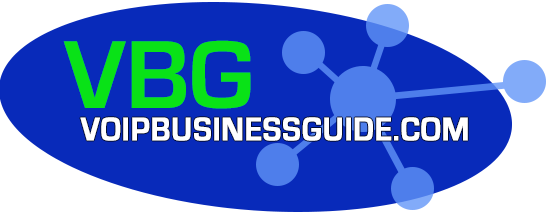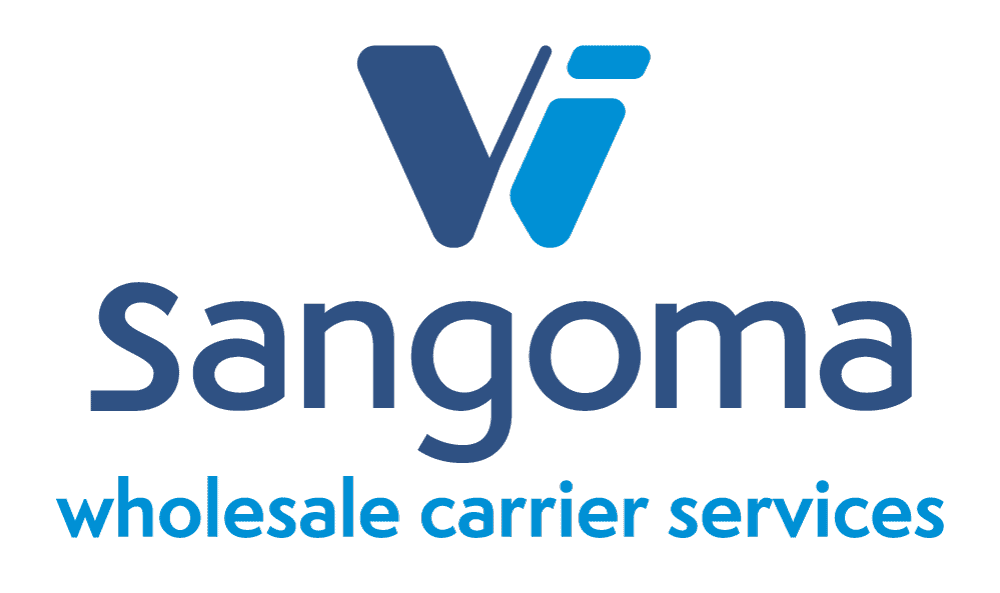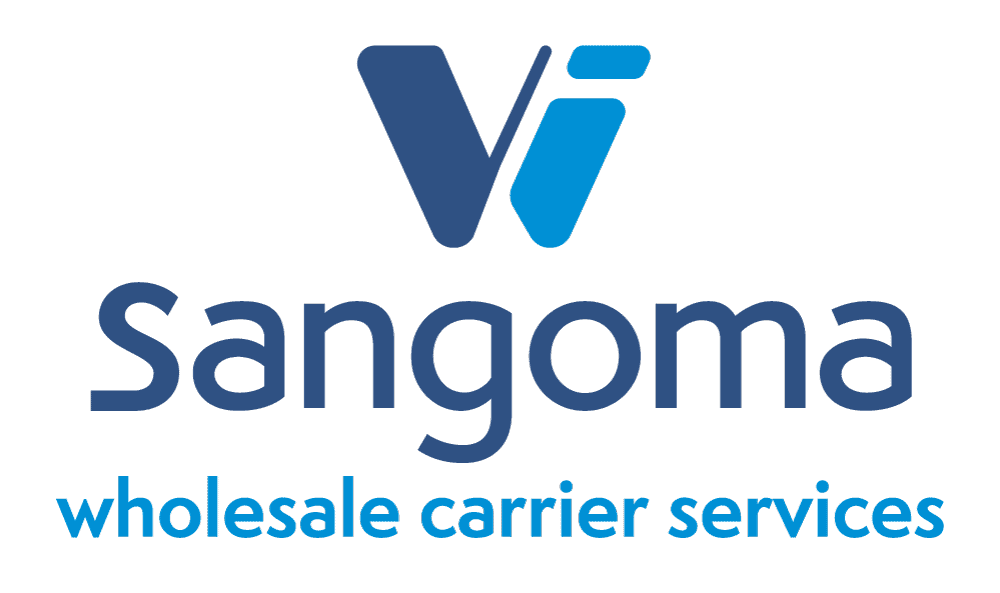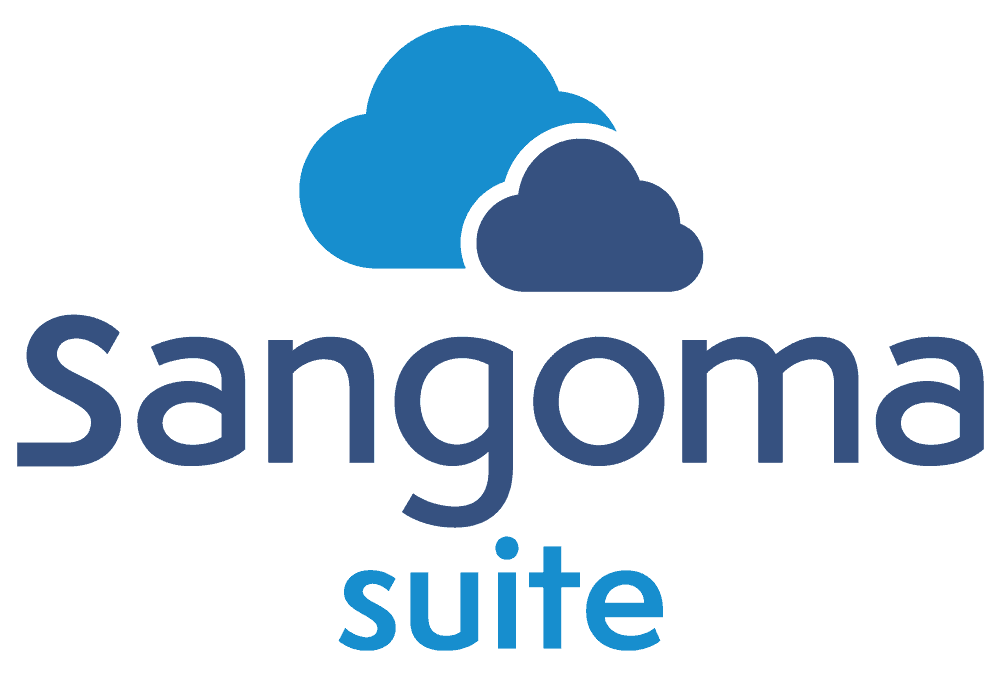Robocall Mitigation Law Goes into Effect June 2021: Are You Ready?
The FCC has passed the TRACED Act, requiring all communication service providers to implement STIR/SHAKEN and/or some form of robocall mitigation within their VoIP network or otherwise be subject to substantial fines and penalties.
Anytime someone answers a phone call and hears a recorded message instead of a live voice from a person, that’s a robocall. The message could be an appointment reminder from a dentist or healthcare provider, from a political party, or a message from charities. These are all legitimate, but what makes robocalls illegal is when they are from fraudsters trying to sell something to someone without their written consent, which, we all know, that’s most cases today.
Call scammers will spoof (or alter) their caller ID to make it appear as if the call is coming from a legitimate business, tricking unsuspecting consumers. This has caused people to stop answering phone calls, which prevents businesses from connecting with their customers, ruining brand reputations. Not to mention the crime of defrauding people of their money and confidential information. They have destroyed the trust in phone calls, so much so that in 2018, there were over 48 billion robocalls to unsuspecting subscribers, and, in 2019, that number went to 54 billion. The FCC estimates the cost of these calls to consumers is at least $3 billion per year from lost time alone, not including monetary losses to fraud.
Catching Robocallers
It has been challenging to catch illegal robocallers because phone calls traverse multiple carriers, and terminating carriers can only see the last carrier that handed them the call and cannot validate its origin. So, the FCC has established the STIR/SHAKEN standards, which use digital certificates from the carriers to assure call recipients that a caller ID has not been altered. In December of 2019, the TRACED Act was passed, which mandates that all carriers implement STIR/SHAKEN call authentication measures and robocall mitigation measures, by June 2021. In a separate upcoming blog post, we will provide a robust explanation of this system, and how we can help you become compliant.
How can VoIP Innovations help you with Robocall Mitigation?
The first major step towards preventing robocalls won’t be required until June 2021, but you can help protect your customers now with VoIP Innovation’s robocall mitigation solution. It is simple to integrate service, which combines behavioral analytics, caller authentication, and verification.
Our service is part of our CNAM API, which makes it very easy and simple for service providers to implement without requiring a business to switch VoIP providers. It is also available at no extra charge to customers using our existing CNAM services.
Key Features include
- Fraud Detection: Detection of high volume robocalling, spoofing, and spam call activity
- Subscriber Notification: Caller ID Name override to warn subscribers of suspicious calls
- Call Blocking Support: Accurate identification enabling you to block fraudulent phone calls as per the TRACED Act (2019)
- Business Number Verification: Register legitimate business numbers to prevent unintentional call blocking
- Caller ID Name Service: Easy integration of Caller ID name lookup service, including robocall mitigation with override to include original caller ID even when call is determined fraudulent
For every call, our service sends you a fraud score from 0 to 100 for suspicion of fraud, along with a pre-pended caller ID name to let you know when the call is spam. You can also choose to keep the original caller ID if you want too! With this information, you can protect your subscribers by notifying them of suspicious calls and also block those calls.
To learn more about VoIP Innovations Robocall Mitigation, please visit: https://carrierservices.sangoma.com/caller-id-name-services/
The post Robocall Mitigation Law Goes into Effect June 2021: Are You Ready? appeared first on Sangoma.







